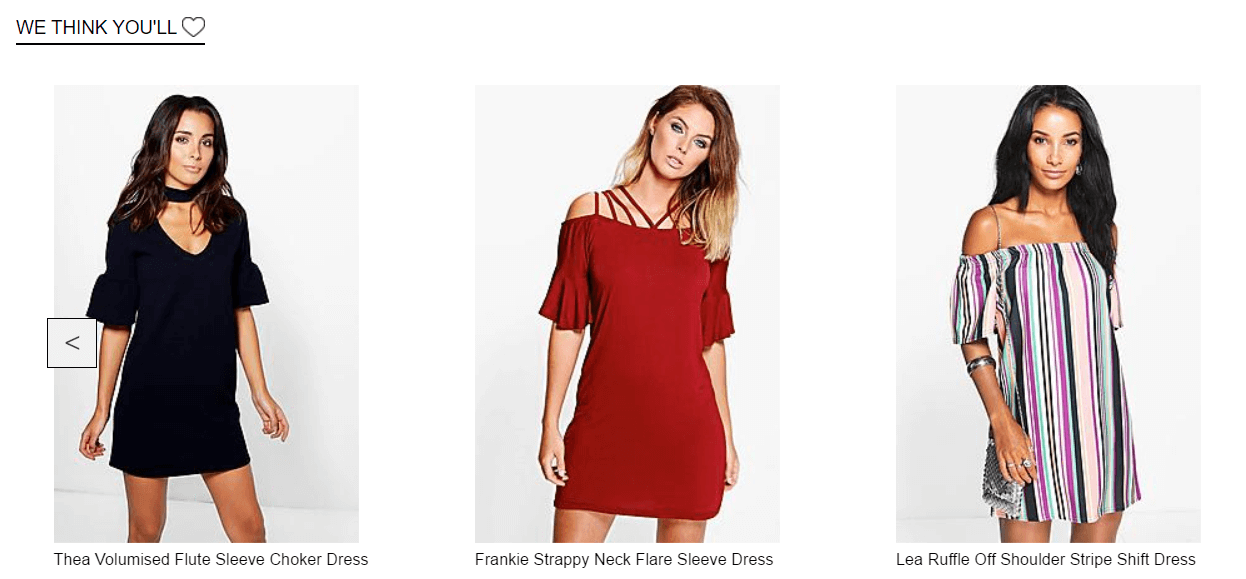We’ve blogged, researched and reported a lot about personalisation, consumer targeting, and how retailers are using these techniques to power customer engagement (and make more sales). Personalisation has become a mainstay technique in modern retail, with three in four consumers expecting web and email content to display targeted products based on their preferences.
A recent presentation at Marketing Research Society’s Impact Conference saw ASOS’ Head of Marketing Analytics, Celina Burnett, speak about how the fashion etailer takes on a different approach to personalisation:

Citing digital industry stalwarts Amazon and Netflix, as brands heavily invested in personalisation and targeting, Burnett feels that they are sometimes slightly off the mark.
“Recommendations on Netflix or Amazon are usually based on things I’ve done in the past but not on what I might do in the future. If all we offer a consumer is based on their past behaviour then how do we make them aware of what the next big trend is?” (Burnett).
If this stands as an example of “past-personalisation”, where products suggested already exist, what should brands be focussing their efforts on? Our customer, ASOS, is a great example of a brand that has over 13 million active customers, but the unique strategy and technological infrastructure to get personalisation right.
Future personalisation strategy

This isn’t to say that targeting based on purchase history data, for example, isn’t useful. It is, but it should form just part of a wider strategy. If you continue to target a customer who has previously bought a white slogan tee, with alternative slogan tees (like Amazon) or matching jeans (like most fashion retailers), you could run the risk of becoming irrelevant or frustrating to your customer. Burnett advised: “There is a tipping point for personalisation and targeting when it can become creepy or annoying and actually ends up making people distrust a brand.” Striking the balance between creepy and cool is a fine line, but one which brands must get right. Watch our video discussion here.
So, looking to the future: what might the customer want to buy next? What trends are they into? Or, connect up the social media profile information, and voila – where are they next going on holiday? When is their birthday? What are they sharing with friends, or liking on your brand page? These are all examples of ways to tap into rich personal data that’s easily accessible.
Turning “me” into “we”
Personalisation is often a me-centric technique, using a customer’s first name to kick start a ‘we thought you might like this’ campaign of indulgence. Alternatively, as some have suggested, engaging well with a certain brand and the experience it provides places you in a community of brand advocates, potentially with similar interests and behaviours. So, taking the “we” not “me” approach, why not mould approaches to personalisation on an inclusive, community outlook? Retailers could mix in other types of recommendations based on crowdsourced data, for example “people similar to you bought this” from Boohoo.

Despite the challenges of getting personalisation right, the benefits are ripe for the taking. Getting closer to the customer, providing a better customer journey, and making more sales is the end goal.
We enjoy sharing our industry outlooks in our retail technology blog, and are looking forward to exhibiting at RBTE in May to speak with likeminded brands about how technology can empower your business performance. If you’d like to talk to our team about our Retail IT Support, or Retail IT Solutions, just click here to schedule a meeting.
We think you might like these posts too
© 2025 Retail Assist Limited. The Hub Floor 5A, 40 Friar Lane, Nottingham, NG1 6DQ.
Registered in England. Company number: 03790674
info@retail-assist.com | +44 (0)115 904 2777
Website Designed & Built by we are CODA